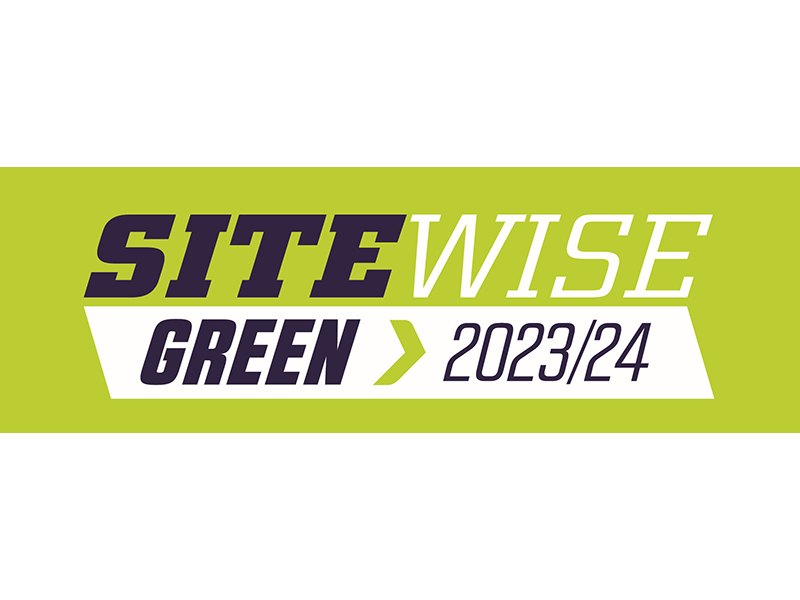
Are people being misled where meth contamination levels are concerned?
Words have power. Where environmental risks are concerned, where you are wanting to communicate certainty, you will use the word ‘safe’.
However, a feature of environmental risks, is that there is often inherent certainty. Where uncertainty exists, the right word to use when there is uncertainty regarding whether a level is in fact safe, is ‘acceptable’.
So, where meth contamination levels in property are concerned, is use of the word ‘safe’ being misleading?
Recent media communications on meth levels
For the first time in a long time the media picked up on a meth contamination event. A family in Christchurch experienced poor health over a two year period. The highest level identified in the living room was over 24µg/100cm2.
In the written article it is noted that levels over 15µg/100cm2 are unsafe. The inference being levels under this level are safe, but not explicitly stating this.
When aired to the people of New Zealand, the visual image used described levels under 15µg/100cm2 stated this was the safe level.
There is no evidence meth residues under 15µg/100cm2 are safe. Using this language in the media, has the potential to be profoundly misleading. Particularly as limited research conducted in this space has been assessed by ESR. They determined the research is “suggestive of a causal relationship” between meth residues in property below the NZ government’s ‘safe’ level of 15µg/100cm2 and adverse health response in some people.
Frameworks of reference
Meth contamination of property in New Zealand was made a political football on the 29th of May 2018. At that point, by adopting an acceptable level for use alone of methamphetamine of 15µg/100cm2 the government of this country adopted a policy that was and remains a global outlier.
Overseas, the highest level of surface meth contamination in property that was and continues to be deemed to be acceptable, is 1.5µg/100cm2. In australia the level is even lower, 0.5µg/100cm2 .
The New Zealand Standard, NZS8510:2017, was developed under the Standards and Accreditation Act. This means it was independent of the political process and largely free of political influence. The Science around the numbers included in the Standard, was provided by ESR. the level of included in the Standard is inline with international precedent. It remains the framework of reference used by most people outside of government to determine what amounts to an acceptable level of meth.
For those interested in the detail, a summary of who uses what numbers can be found here
So what is a ‘safe’ level of meth?
The reality is we may never know. There are many stories through history of things deemed ‘safe’ at one time, which turn out to be profoundly unsafe. Until such time as definitive research is done, if we want to avoid being misleading, we should use the word ‘acceptable’.
Getting closer to the answer, means doing the research
The desire of government to reduce the economic cost associated with managing an environmental contaminant of concerned that is unpredictable, sue to its link with human behaviour, is understandable. This should never come at the expense of the health and wellbeing of people who want nothing to do with methamphetamine.
The answer therefore in terms of increased certainty, is to do the research. The Government’s own ‘independent’ advice back in 2018 was to do research. Since then, people within government have done nothing. The claim made, is that it is too hard. Yet Flinders University in South Australia has ethics approval to conduct research in this area in New Zealand.

